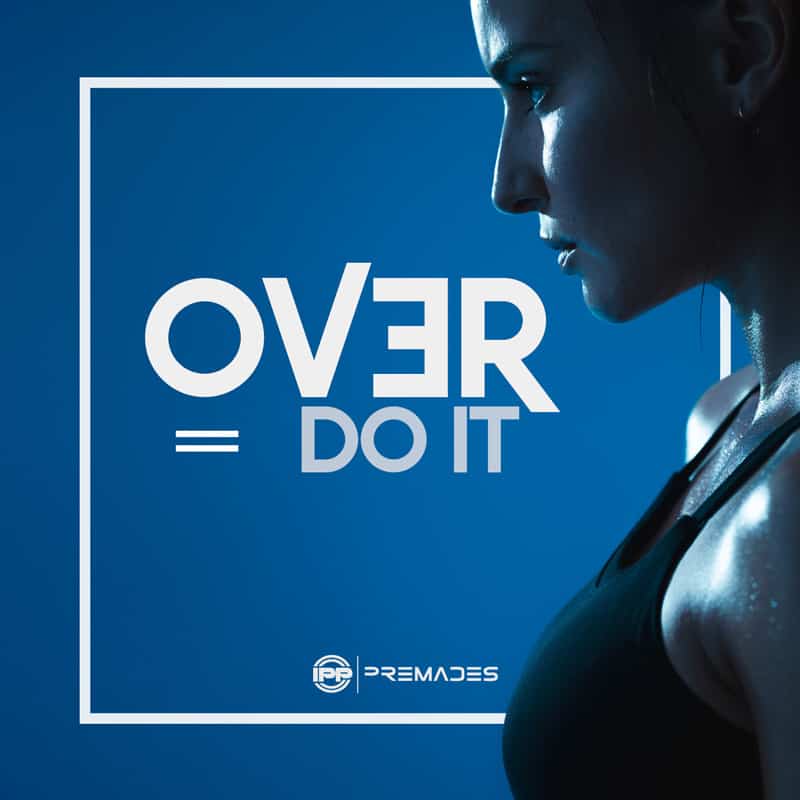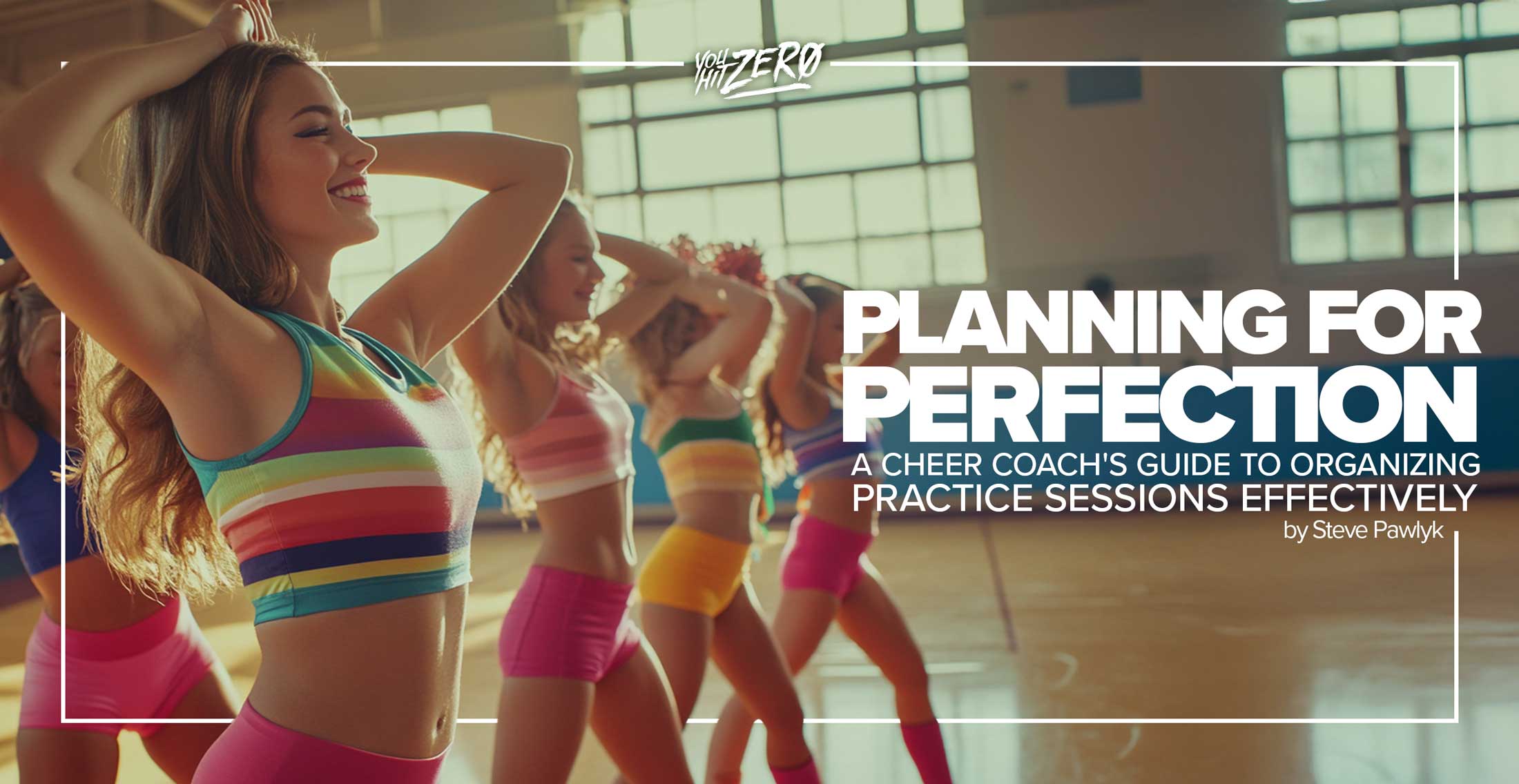By Steve Pawlyk
Published December 19, 2024
Cheer is one of the most physically demanding sports, requiring explosive power, balance, flexibility, and coordination. But these demands come with a high risk of injuries, particularly to the ankles, knees, and hips. Neuromuscular training, which focuses on improving proprioception and body control, is a powerful yet often overlooked tool for preventing these injuries. Below, we’ll explore what neuromuscular training entails, why it’s effective, and step-by-step methods you can implement with your team.
What is Neuromuscular Training?
Neuromuscular training involves exercises designed to improve communication between the brain and muscles. This training enhances an athlete’s ability to sense body position (proprioception), react to dynamic movements, and stabilize joints during high-impact activities.
Key benefits include:
- Increased joint stability.
- Improved coordination and balance.
- Reduction in injury risk, particularly for common injuries like ankle sprains and ACL tears.
Common Cheer Injuries Neuromuscular Training Can Address
- Ankle Sprains: Result from poor proprioception and unstable landings.
- Knee Injuries (e.g., ACL tears): Often caused by poor knee alignment during jumps or stunts.
- Hip and Core Instability: Leads to compensations that stress other joints.
Step-by-Step Neuromuscular Training Program
Step 1: Warm-Up with a Dynamic Routine
Before engaging in neuromuscular exercises, prepare the body with dynamic warm-ups to increase blood flow and joint mobility.
Example Warm-Up Routine (5–10 minutes):
- High Knees – 30 seconds.
- Butt Kicks – 30 seconds.
- Lateral Skaters – 10 reps each side.
- Arm Circles – 10 forward, 10 backward
- Hip Openers (Lateral Leg Swings) – 10 each leg
Step 2: Proprioception Training
Proprioception exercises train athletes to sense and control their joint positions, especially in unstable scenarios.
Exercises:
- Single-Leg Balance with Eyes Closed
- Stand on one leg and hold for 30 seconds.
- Progression: Add arm movements or have a teammate toss a ball to them.
- Repeat 3 times on each leg.
- Balance Board Training
- Use a wobble board or balance disc to practice standing, squatting, or catching a light ball.
- Time: 1–2 minutes per activity.
- Tandem Stance on Foam Surface
- Stand with one foot directly in front of the other on a foam pad for 30 seconds.
- Progression: Close eyes or add light arm movements.
Step 3: Reactive Balance Training
These exercises teach athletes to quickly stabilize after dynamic movements.
Exercises:
- Drop-and-Stick Landing Drills
- Stand on a box (12–18 inches high), drop down to the ground, and land softly in a squat.
- Focus: Knees should stay aligned with the toes.
- Reps: 10–12.
- Lateral Hop and Hold
- Hop laterally from one foot to the other, holding each landing for 3 seconds.
- Ensure hips and knees remain stable.
- Reps: 8–10 each side.
- Dynamic Partner Pushes
- Partner lightly pushes the athlete’s shoulders in random directions while they maintain balance in a semi-squat stance.
- Time: 30 seconds per round, 2–3 rounds.
Step 4: Strength Training with Stability
Strengthening stabilizing muscles enhances joint control and reduces compensation patterns.
Exercises:
- Single-Leg Romanian Deadlift
- Hold a light dumbbell in one hand and hinge forward on one leg while keeping the other leg extended behind.
- Focus: Controlled movement and balanced posture.
- Reps: 8–10 per leg.
- Split Squats with BOSU Ball
- Perform a split squat with the front foot on a BOSU ball to add instability.
- Focus: Slow, controlled movement.
- Reps: 10–12 each leg.
- Plank with Arm and Leg Lifts
- From a plank position, lift one arm and the opposite leg simultaneously.
- Hold for 3 seconds and switch sides.
- Reps: 10 per side.
Step 5: Plyometrics with Neuromuscular Focus
Plyometric exercises improve explosive power while reinforcing proper joint alignment and control.
Exercises:
- Box Jumps with Stick Landing
- Jump onto a box (18–24 inches high), focusing on soft, stable landings.
- Reps: 8–10.
- Broad Jumps with Reactive Balance
- Perform a broad jump forward and stick the landing for 3 seconds.
- Ensure knees remain aligned.
- Reps: 8–10.
- Bounding Drills
- Hop forward on one leg, switching legs with each bound.
- Focus on stability during each landing.
- Reps: 8–10 bounds.
Step 6: Cool Down and Recovery
End each session with static stretching and foam rolling to improve flexibility and reduce soreness.
Example Cool-Down Routine (5–10 minutes):
- Hamstring Stretch – 30 seconds per leg.
- Quad Stretch – 30 seconds per leg.
- Cat-Cow Stretch – 10 reps.
- Foam Rolling: Focus on calves, hamstrings, and quads.
Tips for Implementation
- Frequency: Include neuromuscular training 2–3 times per week for noticeable benefits.
- Progression: Gradually increase difficulty by adding instability or complexity to exercises.
- Integration: Pair with regular strength and conditioning programs to maximize results.
Success Stories
Many elite sports programs use neuromuscular training to reduce injury rates. For example, studies show that integrating balance and stability exercises can decrease the risk of ACL injuries by up to 50% in female athletes. Applying these principles to your cheer team’s training has the potential to significantly reduce injury risk while enhancing performance.
IPP's Premade Mixes are USA Cheer Compliant and customizable! Add Sound FX, swap songs, & more! Add your Team Name to the mix for only $10!










